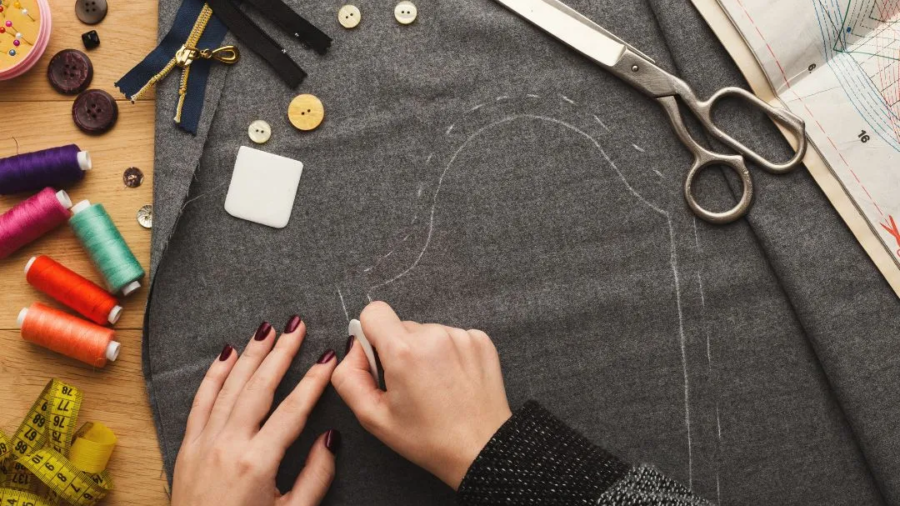Medical scrub suits are the backbone of healthcare uniforms. Worn daily by doctors, nurses, lab technicians, and hospital staff, scrubs are designed for comfort, hygiene, and functionality. However, because they are exposed to long shifts, bodily fluids, and frequent washes, scrubs require proper care and maintenance to ensure they stay fresh, durable, and professional-looking.
Practical Tips on Scrub Suits Maintenance
We’ll share practical tips on how to care for and maintain medical scrub suits so they last longer while meeting the strict hygiene standards of the medical field.
1. Wash Scrubs Separately from Regular Clothes
The first and most important rule: never mix scrubs with household laundry. Scrubs may carry germs, chemicals, or stains that shouldn’t spread to everyday clothing. Washing scrubs separately also allows you to use stronger cleaning methods without damaging other fabrics.
Tip: Have a dedicated laundry basket just for scrubs to avoid cross-contamination.
2. Pre-Treat Stains Before Washing
Medical scrubs suits often face tough stains like blood, ink, or food spills. Waiting until laundry day may set the stain permanently. Instead:
- Use a stain remover spray or a mild hydrogen peroxide solution immediately.
- For protein-based stains like blood, cold water works best (hot water may set the stain).
- For oil or ink stains, a little baking soda or rubbing alcohol can help.
Pre-treating ensures stains don’t embed into the fabric during washing.
3. Choose the Right Water Temperature
Many people assume hot water is best for disinfecting, but it depends on the fabric type.
- Cotton scrubs: Can usually handle warm or hot water.
- Polyester blends: Prefer warm or cool water to avoid shrinkage and fading.
- Antimicrobial scrubs: Follow the manufacturer’s label to maintain fabric integrity.
Using the right water temperature keeps scrubs clean without compromising their longevity.
4. Use Hospital-Grade Detergents or Disinfectants
For healthcare workers, regular detergent may not be enough. Use a hospital-grade detergent or add a disinfectant like white vinegar or oxygen bleach to the wash. Avoid chlorine bleach unless necessary—it can weaken fibers and fade colors.
Tip: For colored scrubs, use color-safe disinfectants to maintain brightness.
5. Dry Properly to Avoid Shrinking and Wear
Drying scrubs the right way prevents unnecessary damage.
- Air dry whenever possible to extend fabric life.
- If using a dryer, opt for a low-heat setting to prevent shrinkage.
- Remove scrubs while slightly damp and hang them to finish drying—this also minimizes wrinkles.
6. Iron and Sanitize for a Professional Look
Even if scrubs are clean, wrinkled uniforms can appear unprofessional. Ironing helps not just with looks but also adds an extra layer of sanitization since heat kills germs.
For polyester blends, use a low-heat setting; for cotton scrubs, medium heat works best.
7. Store Scrubs Correctly
Storage matters more than you think. Keep scrubs in a clean, dry, and well-ventilated place. Avoid tossing them in a gym bag or locker for days, as moisture can cause bacteria growth and odor.
Pro tip: Fold scrubs neatly or hang them on a separate rack to keep them ready for your next shift.
8. Rotate Between Multiple Sets
Wearing the same scrubs repeatedly shortens their lifespan. Invest in at least 4–5 sets of scrubs so you can rotate them throughout the week. This reduces washing frequency per set and gives fabrics time to rest between wears.
Hospitals and clinics that order in bulk from hospital uniform suppliers often provide enough sets to ensure proper staff rotation.
9. Follow Manufacturer’s Care Instructions
Every scrub suit comes with a care label. Don’t ignore it. Some scrubs are made with special antimicrobial fabrics or stretch blends that require gentle handling. Following the instructions ensures your scrubs maintain their performance and comfort.
10. Replace Worn-Out Scrubs Promptly
Even with the best care, scrubs will eventually wear out. Signs it’s time to replace them include:
- Persistent stains that won’t wash out
- Fabric thinning or tearing
- Faded colors that look unprofessional
Fresh, well-maintained scrubs not only keep you comfortable but also reflect positively on your hospital, clinic, or healthcare brand.
Conclusion
Scrub suits are more than just workwear—they’re an essential tool in maintaining hygiene, professionalism, and safety in healthcare settings. By washing separately, pre-treating stains, using the right detergents, drying carefully, and rotating sets, you can extend the life of your scrubs and keep them looking fresh shift after shift.
If your organization is looking for durable, high-quality scrub suits, Uniform Supplier is here to help. As one of the trusted uniform suppliers in India, we offer customized scrub suits designed for comfort, hygiene, and long-lasting performance.







